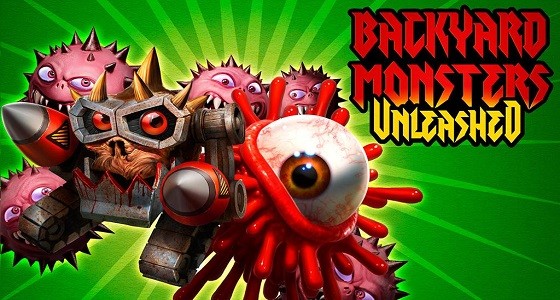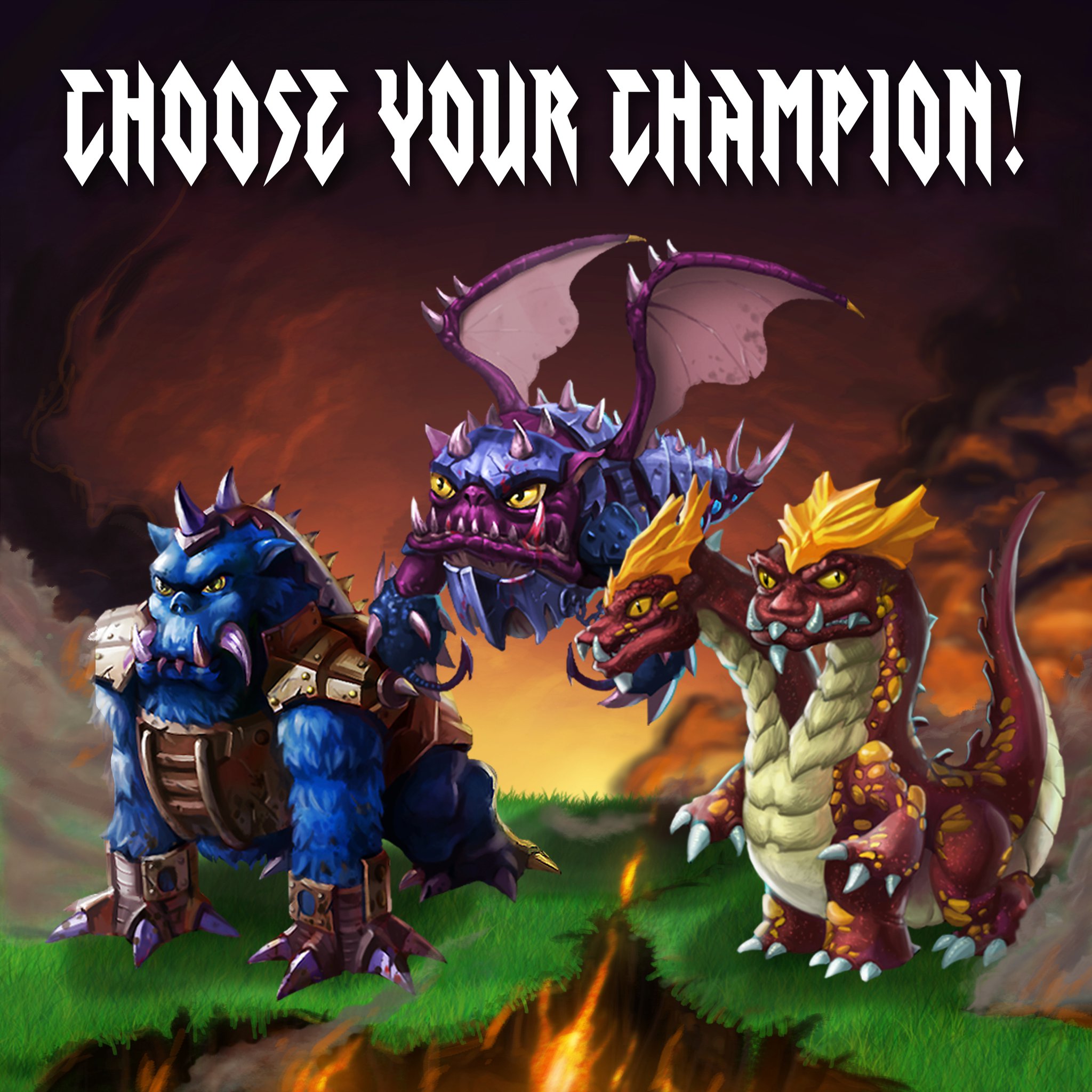

Linden Limit Libertarianism: Metaverse community management illustrates the problems with laissez faire governance (2008) I'm guessing it reads differently out of context than what you meant. "future of hardcore games will largely be on and driven by Facebook" - so wrong I'm not getting into it. They're getting higher, but still a fairly low risk way for a small group of people to get a bid wad of cash. The production, marketing and distribution costs of Facebook games are a tiny fraction of games like SC2. However, where they can compete is on the rate-of-return. As a general point though, you're almost certainly right that there are less SC2 players than BYM.Īlthough if SC2 has shipped 4.5M units at $60, that's $270M from one game and you've estimated the whole current Facebook game market at $20M. How many more? Who knows, it's speculation. If 500,000 were online at that time, there were surely lots more who logged in during the other 23hrs and 59min that day. I read that as 500,000 online at that point in time, not as a total for the day.
#Backyard monsters on facebook cheats pro#
Who knows, we may not be that far off from the first Facebook pro e-sport. At the moment, social games are still the AOL email addresses of the gaming world, but I suspect that this will change over time. To your main point, I do agree that we are reaching a point where Social Games are starting to earn "gamer cred", and for good reason. None of that really invalidates your main point, but as an active SC2 player, I do feel a need to clarify. To my knowledge there aren't any Facebook games with pro circuits yet.

There is enough interest in SC2 to keep support several Pro tournaments and circuits, and there are people Making all or part of their income playing SC2 as well as casting them, and not just in Korea. SC2 is popular enough that Major League Gaming is using it as the RTS of choice for their tournaments. I'm guessing Korea is keeping the Asian servers pretty busy. That is North America servers though, not worldwide. I'm not sure what counts as "most owners not actively playing" but I just logged in to SC2, and there were about 500,000 people online. Why is this comparison all that important? I'm not interested in horse races per se, but it undermines several mistaken assumptions I often hear from gamers and developers in the traditional game industry: (And that from just virtual goods sales!) Will told me that in terms of revenue, Backyard Monsters is "Not too many orders of magnitude off" from the money Blizzard is making from Starcraft 2. I noticed that the Facebook game was on track to equal Starcraft 2's user numbers a few months ago, and pointed that out to Will Harbin, CEO of Kixeye, the game's developer (formerly known as Casual Collective, which also developed Desktop Tower Defense). All those caveats in mind, it's still fair to say the Facebook game has probably attracted (and currently retains) roughly as many players as Starcraft 2 did at its peak.Įven more interesting, while Starcraft 2 sells for $60 or so at retail, Backyard Monsters isn't a comparable slouch on revenue, either. However, Backyard Monsters now has over 1 million daily active players (a better indicator of regular activity), while most owners of Starcraft 2 are probably not still actively playing the game. For one thing, Facebook's definition of "monthly active players" includes anyone who hit an application's page during a given month for another, an estimated 2.3 million copies of Starcraft 2 have been pirated. I say "about", because this obviously isn't an apples to apples comparison. A Zafreeti from Backyard Monsters squares off against a Starcraft 2 Zergīackyard Monsters, the hugely entertaining Facebook-based real time strategy game, now has over 4.5 million monthly active players, which makes it about as popular as last year's RTS hit Starcraft 2, which has sold roughly 4.5 million units.


 0 kommentar(er)
0 kommentar(er)
